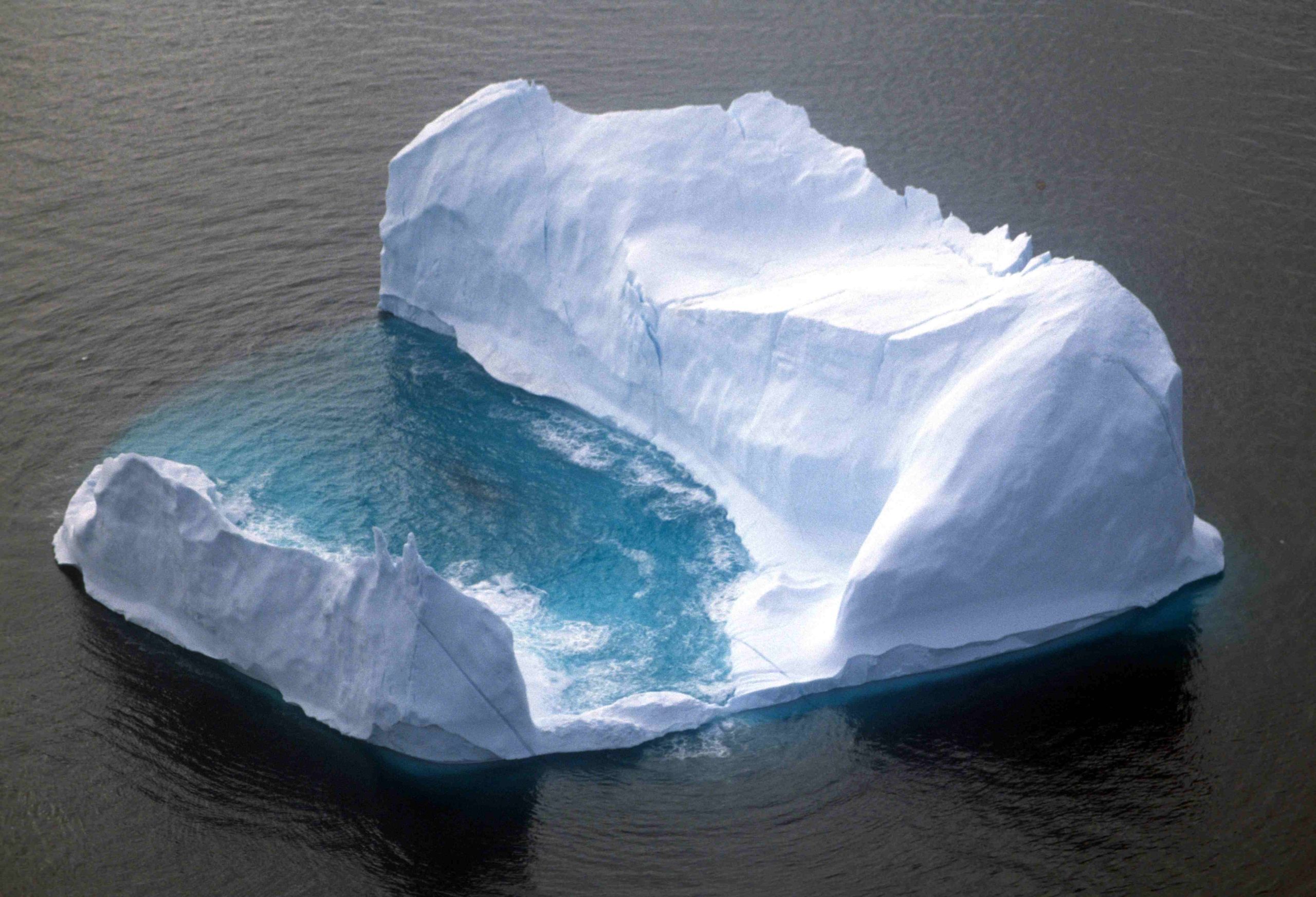Delft researchers followed the trajectories of two drifting icebergs through the Indian Ocean by listening to the underwater sounds of cracking and colliding ice.
With the sounds of earthquakes, underwater volcanoes, and whales chanting, there is quite a cacophony in the oceans. It is Dr. LäsloEvers’ job to figure out where all the underwater sounds originate from. Only then can he pinpoint underwater nuclear test explosions. Besides working for TU Delft (CEG faculty) the seismologist is also employed by the Royal Netherlands Meteorological Institute KNMI, which surveys the international ban on nuclear tests (the Comprehensive Nuclear-Test-Ban Treaty).
While studying the sounds a large network of hydro-acoustic stations has been registering in the Indian Ocean for the last twelve years, Evers, Dr. Mirjam Snellen (of the acoustic remote sensing group, AE Faculty), and two colleagues from England and Australia, discovered sounds which had to originate from large moving objects. Cross-referencing with satellite images confirmed that they were listening to icebergs cracking and disintegrating as they headed northeast towards more temperate waters.
The researchers followed two of these icebergs, which, at the start of their journey at Antarctica had diameters of tens of kilometres. One (dubbed C20) headed up north in 2005 and 2006. The other drifted off Antarctica in 2009 (code name B17B). They were able to follow their thousands of kilometres long trajectories with much more accuracy than satellites could. What’s more, they identified trails of small icebergs that calved from the main berg, which were too small to be picked up by satellite monitoring but which were still big enough to pose serious threats to ships. The findings were published this autumn in Geophysical Research Letters.
Evers wants to elaborate on this work. “With hydroacoustics we are never hindered by clouds and storms which on the other hand are serious nuisances for satellite imagery”, he says. “We now want to see if we can accurately determine the size of the icebergs based on the sounds they produce. It would also be interesting to listen to the sounds of the ice sheets surrounding Antarctica to determine if ice is disappearing over the years. Of course this is already being studied with satellites. But it is good to have an independent assessment .”
L.G. Evers et al., Remote hydroacoustic sensing of large icebergs in the southern Indian Ocean: Implications for iceberg monitoring, Geophysical Research Letters, 10 September 2013, doi:10.1002/grl.50914
Click here to watch an animation of the iceberg C20 and to listen to a sound registration.
Radio programme Labyrint also covered this topic. It will be broadcasted 3 November.



Comments are closed.